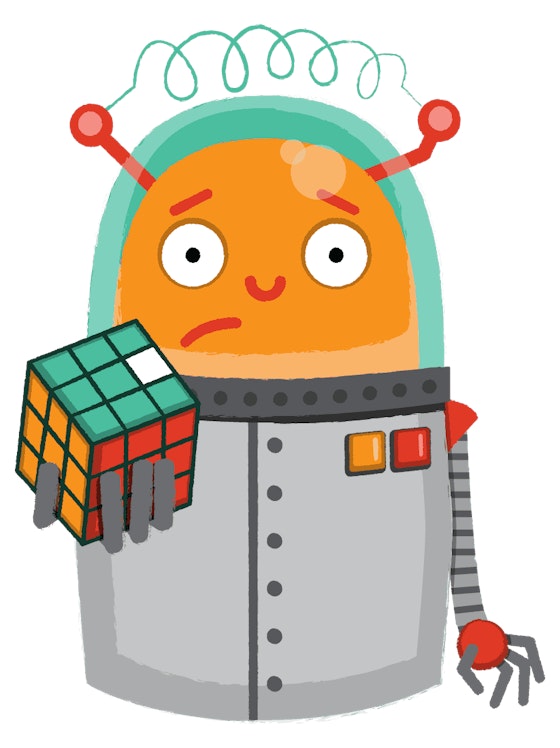Creative problem solving and everyday design
Andy Hagerman
Lesson 27
Design is about an open and inspired way of working. It's about solving problems, and that's applicable to anyone, whether you're a CEO, graphic designer, middle school teacher, or MBA student. Abstracted from it's traditional graphic or industrial roots, design is now being applied to a wide variety of new spaces and pushing the bar of what many industries can achieve. Education, healthcare, finance, transportation, food... disruption is abundant.
Many entrepreneurs and companies start their process with big ideas, but our class this week focuses on stepping back to understanding human needs and questioning not just how we'll deliver on those needs, but why we're making what we're making. You'll learn how thinking and working like a designer - understanding users, group ideation, rapid prototyping, and emotional storytelling can help everyone do their jobs better, and have more fun doing it.
-
Design the New Business
Design ultimately boils down to understanding constraints and needs in new ways. This is a new film that highlights how design is having significant impact on other spaces, such as business. Take note of how various people in the movie explain design as it relates to their work. Then reflect on the various constraints and needs that exist in your place of work. This is your new playground to begin exploring.
-
Stanford d.school bootleg
The process isn't just fun and games. Translating your audience's needs and stories into meaningful insights requires some process. This guidebook is a powerful tool form the Stanford d.school. After you build some empathy with your users, use some tools from this bootleg to help understand them in completely new ways. Some our favorites include the Empathy Map (p.15), Journey Map (p. 16), and 2x2 Matrix (p. 19).
-
Gamestorming online games library
This is a fantastic book filled with activities to help push you, and more importantly your team, to be more generative, exploratory, and fun. Choose some activities from this book and facilitate your team through coming up with lots of ideas in new ways. It doesn't matter if you're a start-up or a Fortune 50 CEO, encouraging your team to explore and have fun will prove to be more generative, and that's the goal. You can spend time sorting out the best ideas later. Some of my favorite activities include the 3-12-3 Brainstorm, Bodystorming, Design the Box, and the Forced Analogy.
-
What do prototypes prototype?
People often think there's just one type of prototyping: making a mock up. But this long-forgotten paper from a few Apple employees in the 90's touches on other ways and methods of prototyping. Extract the 3 ways of prototyping that they cover in this article, then practice prototyping your next project, idea, or product in all 3 ways. Don't forget, everything can be prototyped.
-
Nancy Duarte - The Secret Structure of Great Talks
Everything is a story. The presentation for your boss. The conversation you have with your girlfriend at night. The 30 second interaction with the bank teller. How can you communicate what you need to more effectively, and in a way that engages your audience better? Watch this TED talk, and then experiment with several different ways of telling your story, whether it's your personal story, idea's story, or company story. Identify the call to action that you want your audience members to take away, and make sure it is woven in to that story.

Andy Hagerman
Co-Founder, The Design Gym
I'm a co-founder at The Design Gym, based in NYC. We teach a design based methodology for creative problem solving, and put real people's needs at the center of new businesses, services, and products. You can find me tweeting here and writing here.

